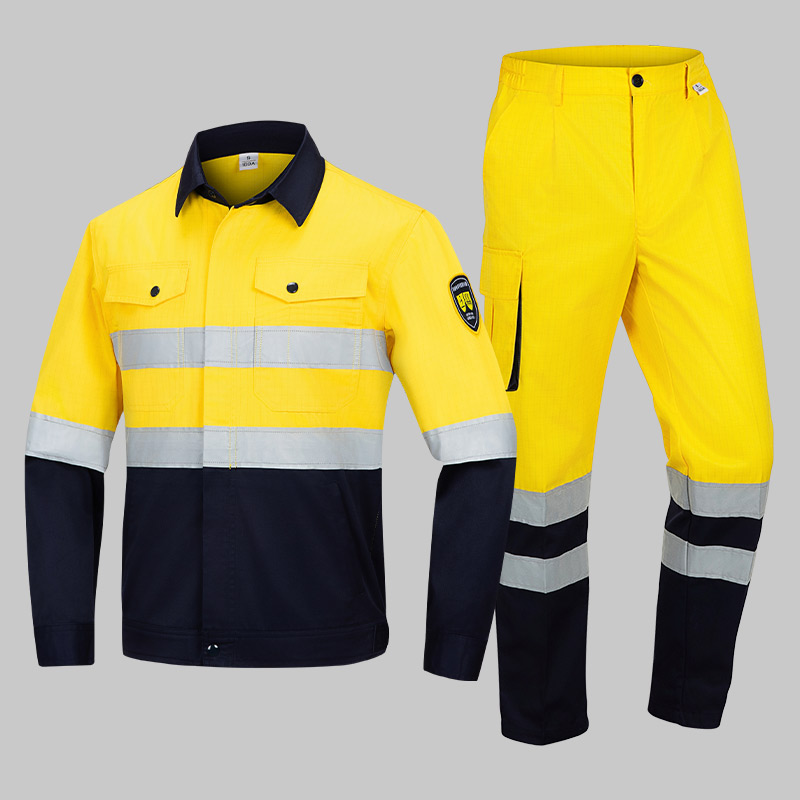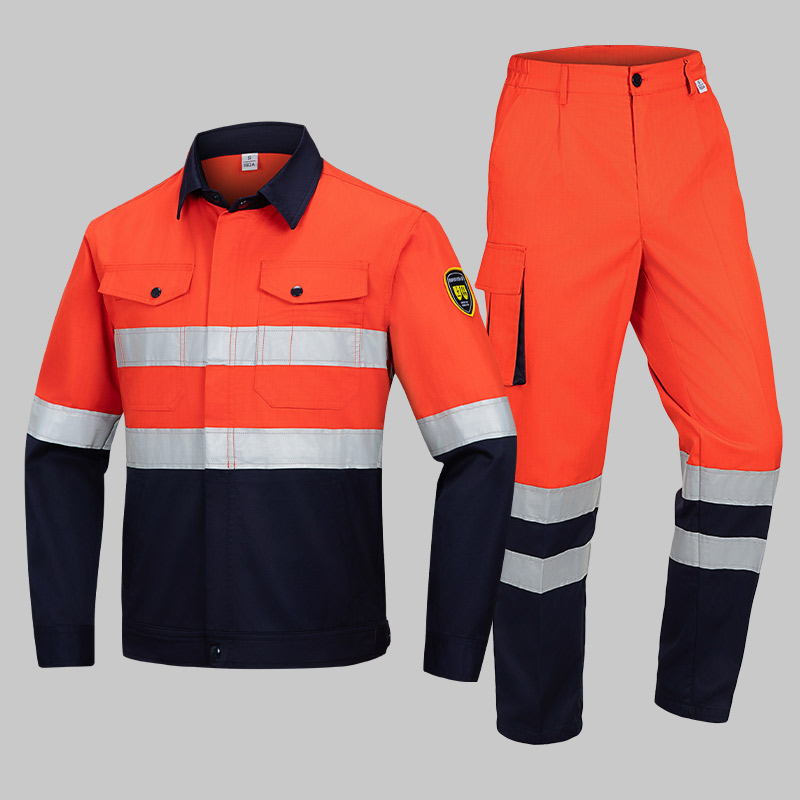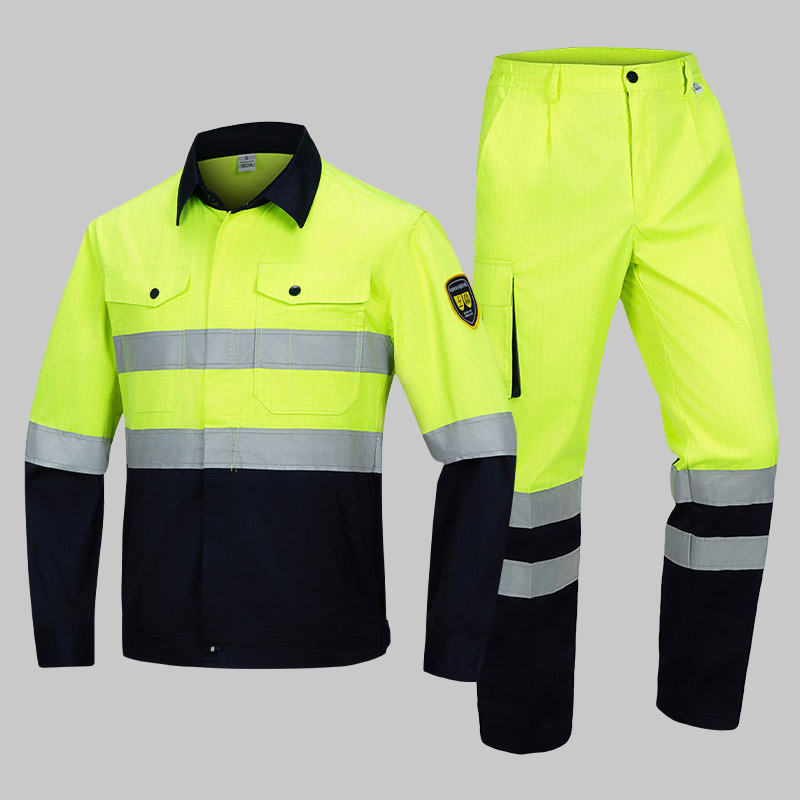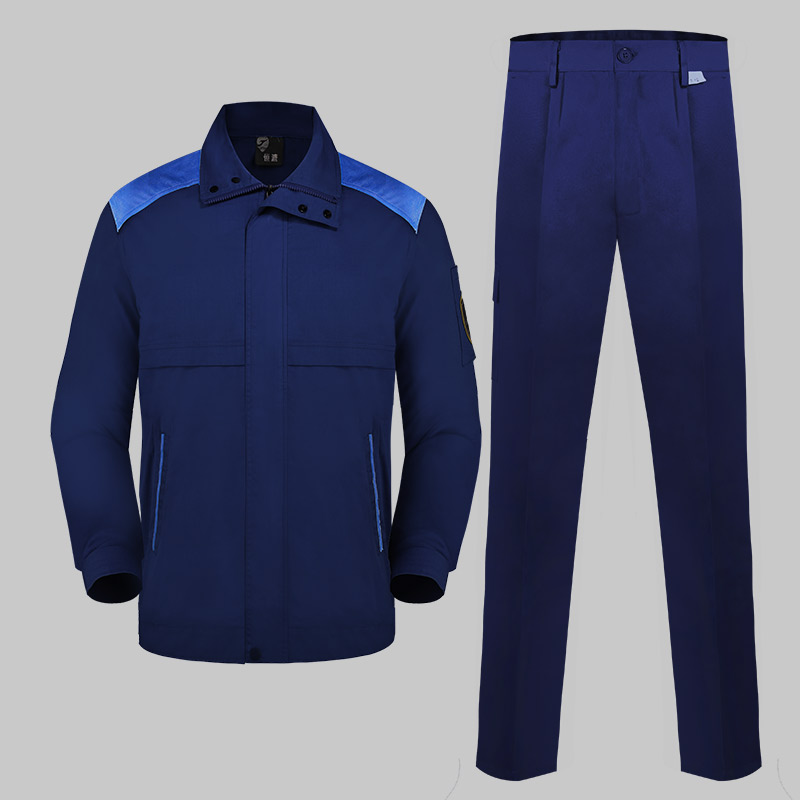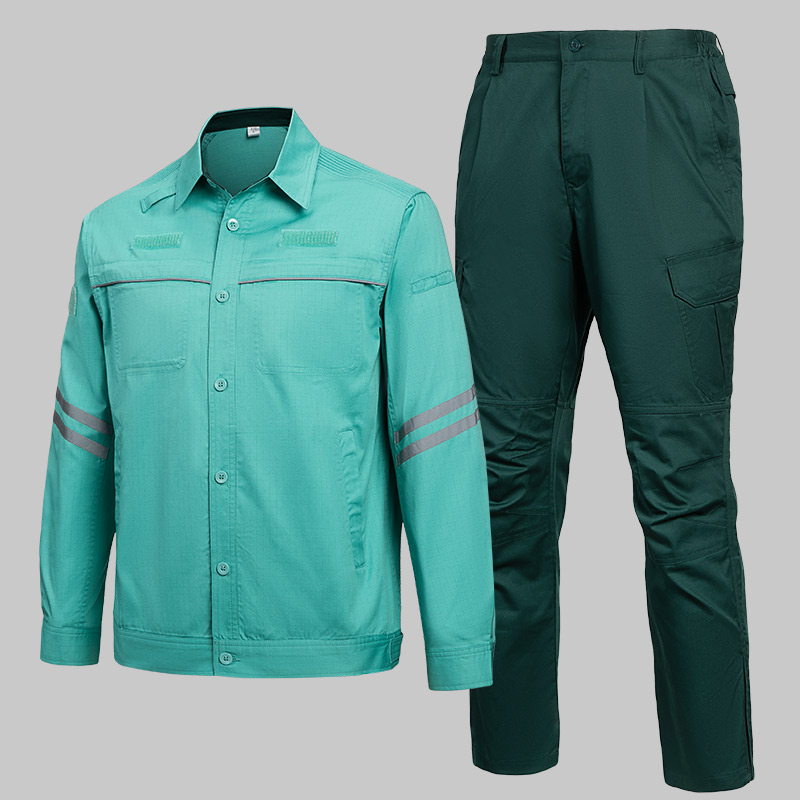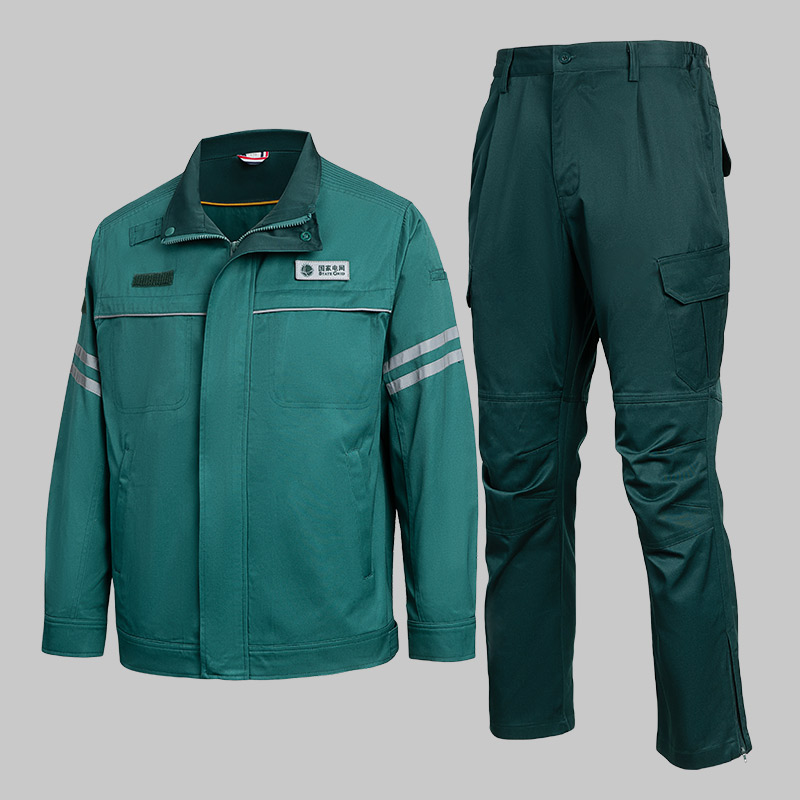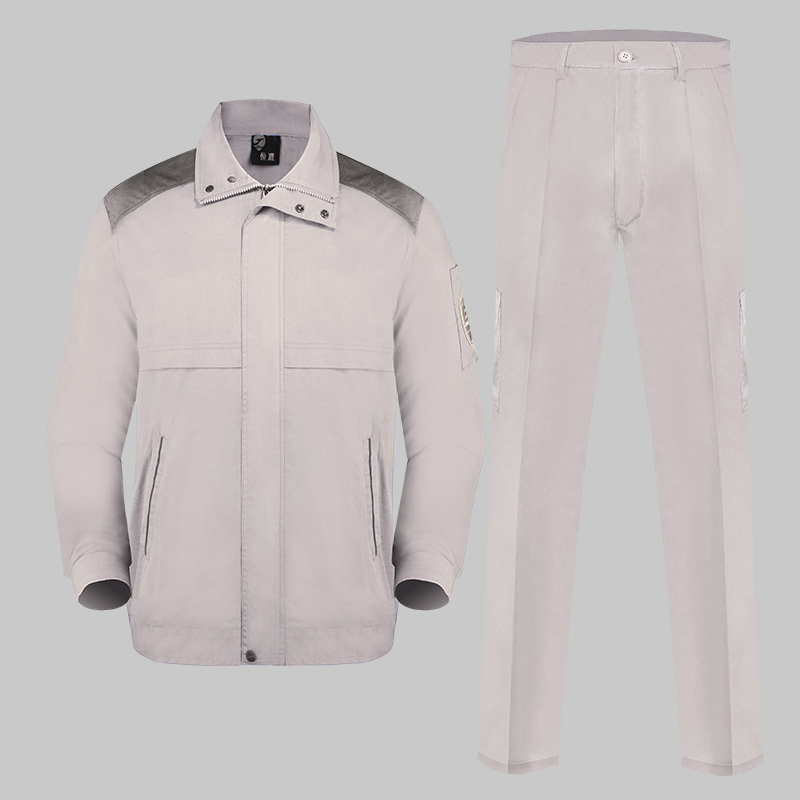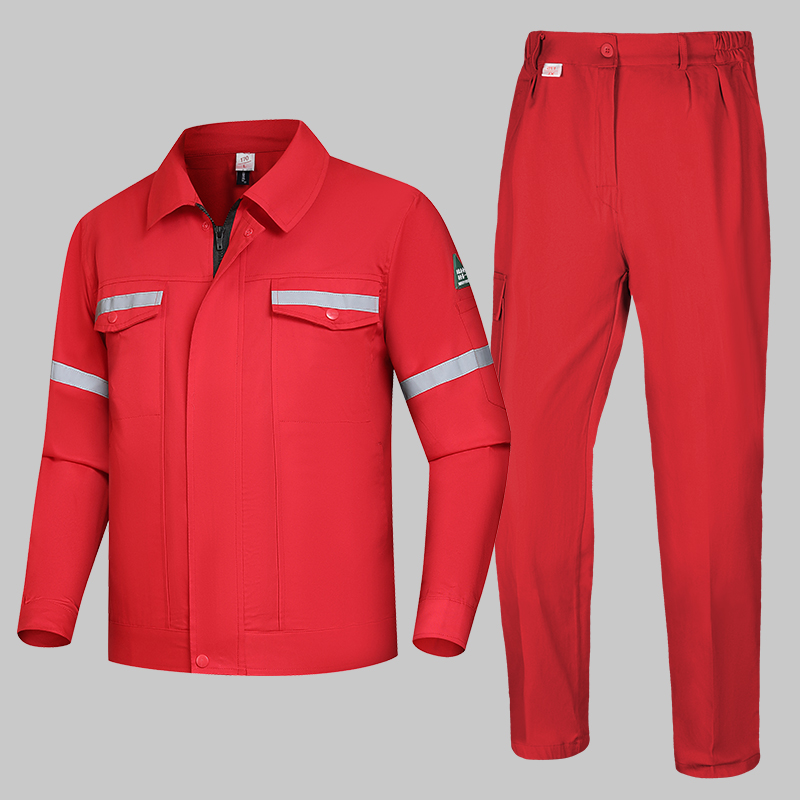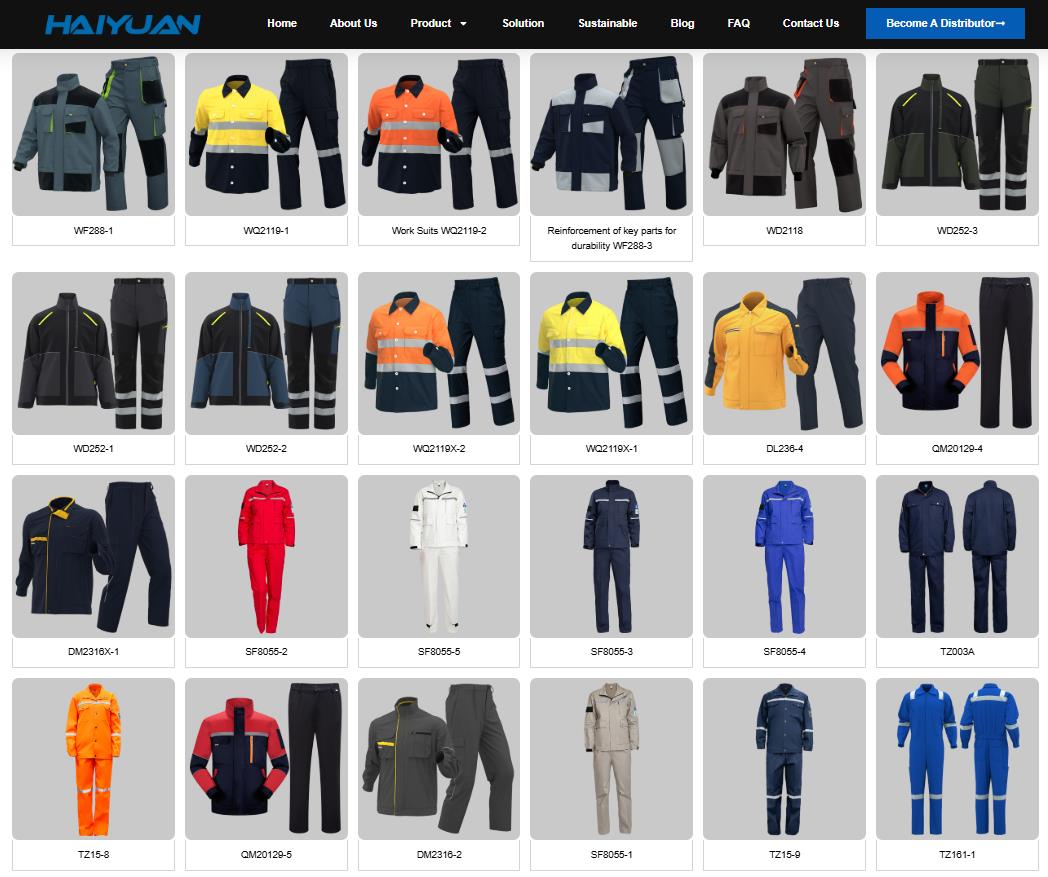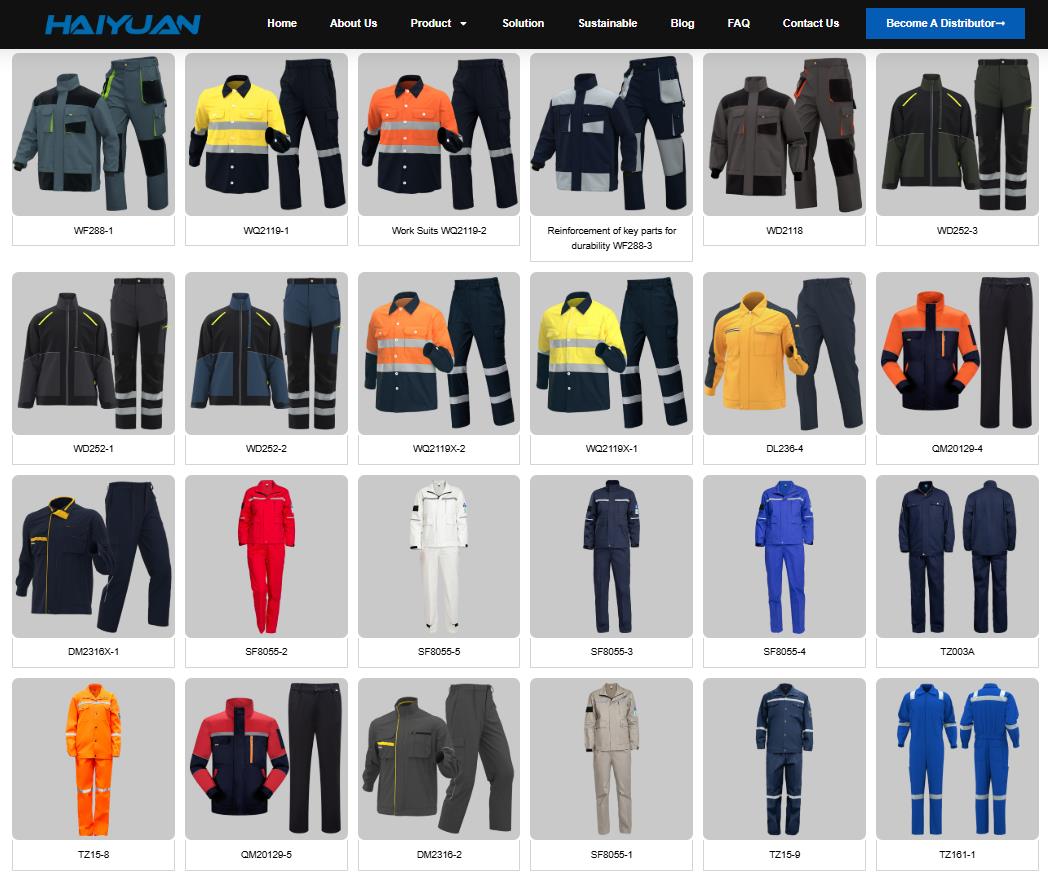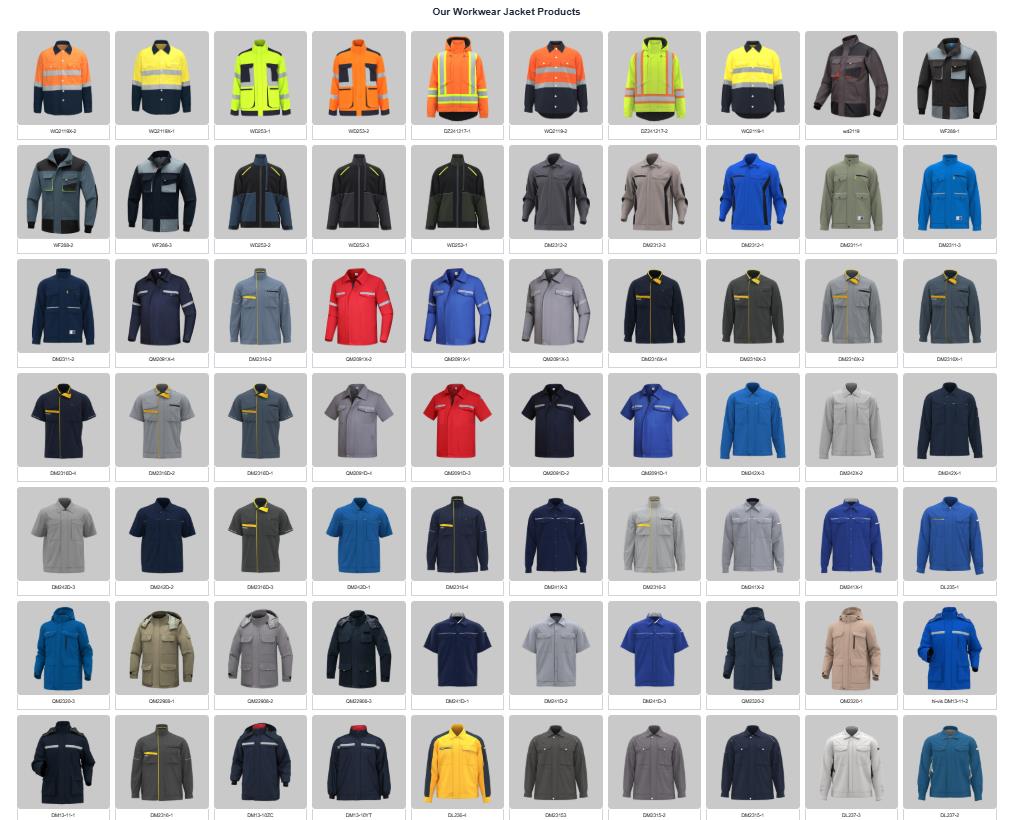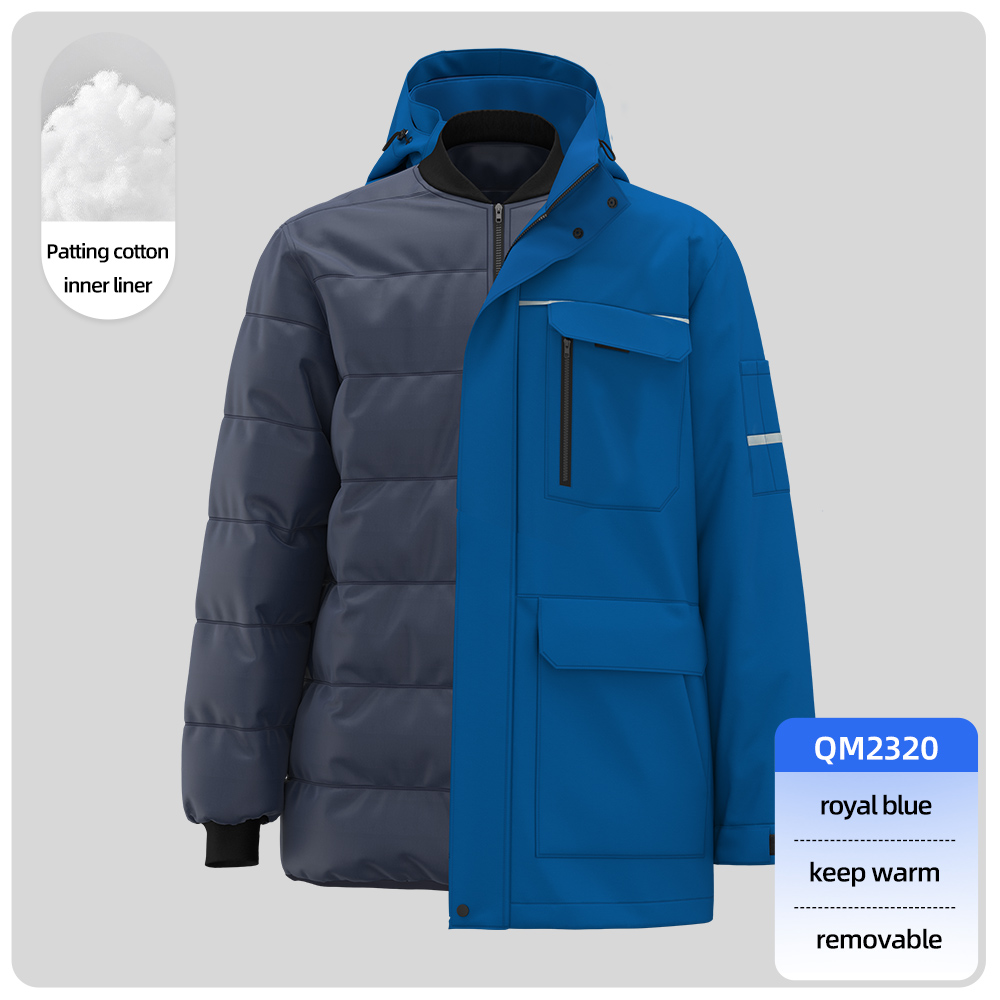Here’s a professional Anti-Static Work Clothes Buyer’s Guide covering critical factors for industrial procurement, with technical specifications and industry standards:
⚡ Core Function: Electrostatic Discharge (ESD) Protection
Prevents sparks that could ignite flammable substances or damage electronics (e.g., circuit boards, semiconductor manufacturing).
| Protection Level | Surface Resistance | Application |
|---|---|---|
| Basic Dissipative | 10⁶ – 10⁹ Ω | Electronics assembly, labs |
| Advanced Dissipative | 10⁵ – 10⁸ Ω | Explosive handling, chemical plants |
| Conductive | < 10⁵ Ω | High-risk environments (petrochemicals) |
🔬 Key Technical Standards
Ensure compliance with these certifications:
-
International:
-
IEC 61340-5-1 (ESD control program)
-
EN 1149-5 (Protective electrostatic properties)
- GB 12014-2019 Protective clothing – Anti-static clothing
-
-
Regional:
-
ANSI/ESD S20.20 (North America)
-
GB 12014-2019 (China anti-static clothing)
-
✅ Verify: Garments must have permanent labeling with standard codes and test data.
Recommended Chinese anti-static work clothes:
- Fabric: 100% cotton, 65% cotton + 35% polyester; 80% cotton + 20% polyester; contains conductive yarn
- Function: vertical stripes, twill anti-static fabrics, full-process printing and dyeing, not easy to fade, not easy to shrink, not easy to pilling, washable and durable, wear-resistant, comfortable to touch
- Permanent anti-static label and LA certificate label, in line with GB 12014-2019 “Protective Clothing Anti-static Clothing” standard, provide third-party test report. If you need to purchase anti-static work clothes, please contact us.
👕 Material Selection Guide
1. Intrinsic Fibers (Permanent ESD Properties)
-
Carbon-Fiber Blended Polyester
-
✅ Lifetime conductivity (>100 washes)
-
❌ Higher cost (¥200-500/piece)
-
-
Stainless Steel Thread Knits
-
✅ Explosive environments
-
❌ Heavy (≈800g/set)
-
2. Treated Fabrics (Coating-Based)
-
Conductive Polymer-Coated Cotton
-
✅ Breathable, low-cost (¥80-150)
-
❌ Loses effect after 30-50 washes
-
🧩 Design Features Checklist
| Component | Requirement | Reason |
|---|---|---|
| Seams | Conductive threads stitching | Prevent discharge gaps |
| Fasteners | Snaps/zippers with metal backing | Grounding continuity |
| Cuffs | Elastic bands with carbon weave | Skin contact discharge |
| Pockets | Internal grounding points | Safe tool storage |
🧪 Performance Validation Tests
Require suppliers to provide:
-
Surface Resistance Test (ASTM D257)
-
Target: 10⁶ – 10⁹ Ω at 50% humidity
-
-
Charge Decay Test (EN 1149-3)
-
< 0.5 sec decay from 1000V to 100V
-
-
Wash Durability Report
-
Post-wash resistance change < 1 order of magnitude
-
🏭 Industry-Specific Recommendations
-
Electronics Manufacturing:
-
Cleanroom-compatible (ISO Class 5)
-
Particle emission < 0.5 μm/cm²/min
-
Brands: Antistat (Germany), StaticSafe (US)
-
-
Oil & Gas:
-
Flame-resistant + ESD (EN ISO 11612 + EN 1149)
-
ATEX Zone 1 certification
-
Brands: DuPont™ Protera®, TenCate™ Tecasafe™
-
-
Pharmaceuticals:
-
Low-lint SMS fabric with continuous grounding
-
💰 Procurement Tips
-
Order Sampling: Test 3 garments before bulk purchase
-
LCC Analysis: Calculate cost per wear (e.g., ¥0.8/wash for carbon blends vs. ¥0.3 for coated)
-
Supplier Audit: Confirm in-house ESD testing lab (ask for ISO 17025 cert)
🚨 Critical Avoidances
-
✘ Garments with metal exposed (spark risk)
-
✘ Non-dissipative outer layers (e.g., nylon jackets over ESD wear)
-
✘ Fabric softeners in washing (insulates fibers)
🌐 Top Brands Comparison
| Brand | Specialization | MOQ | Lead Time |
|---|---|---|---|
| 3M™ | Electronics/cleanroom | 100 pcs | 4 weeks |
| Kemira® | Chemical industry | 50 pcs | 2 weeks |
| Sioen iPRO | Oil & gas | 200 pcs | 8 weeks |
Final Tip: Integrate ESD clothing with grounding systems (wrist straps, ESD floors) and conduct quarterly audits using handheld meters like the *Simco FMX-004*. For high-risk sectors, opt for intrinsically dissipative fabrics despite higher costs – they offer 10x longer service life and reduce replacement downtime.

